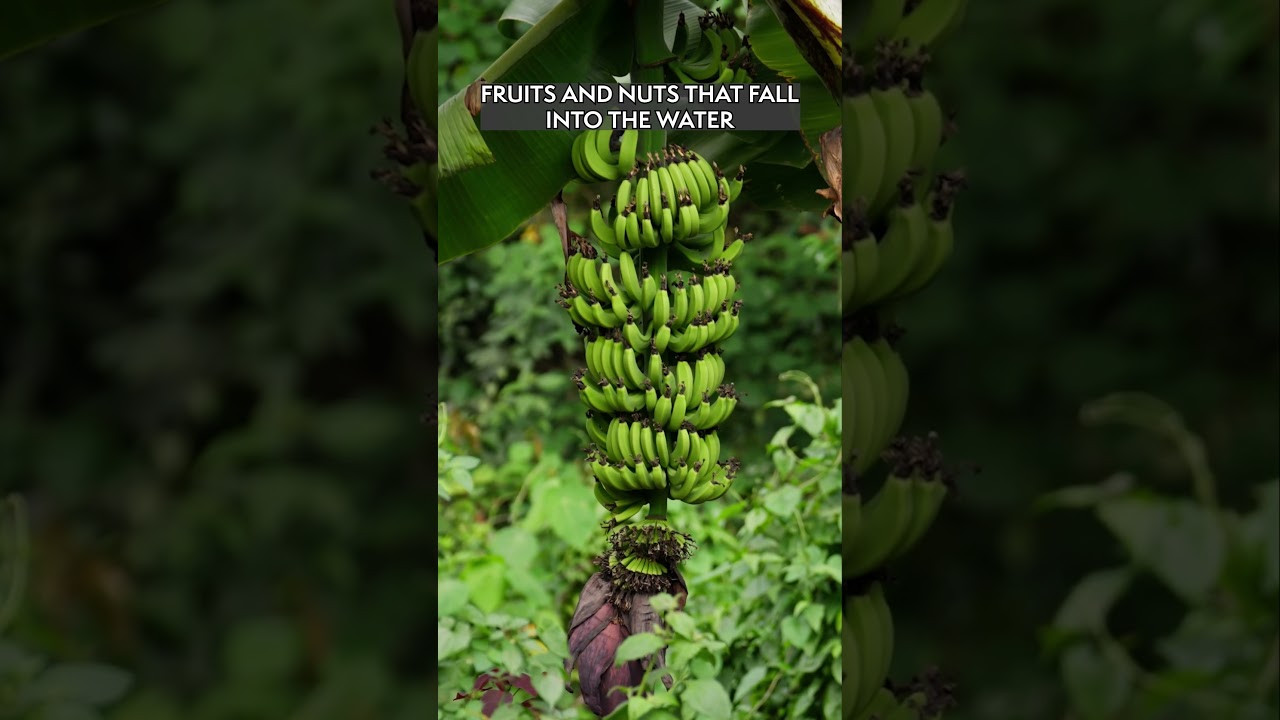- General Description and Habitat of the Silver Arowana
- Physical Characteristics and Adaptations
- Diet and Feeding Behavior
- Role in the Ecosystem and Conservation Status
- Management in Zoos and Aquariums
General Description and Habitat of the Silver Arowana
The Silver Arowana (Osteoglossum bicirrhosum) is a fascinating fish species native to the freshwater environments of South America. Predominantly found in the Amazon River Basin, this species thrives in slow-moving waters, such as floodplains, swamps, and river tributaries. The Silver Arowana is renowned for its robustness and adaptability, surviving in varying water conditions including those with lower oxygen concentrations. This adaptability is crucial for survival during seasonal fluctuations, like the dry and rainy seasons typical of its native habitat.
Physical Characteristics and Adaptations
One of the Silver Arowana’s most distinguishing features is its elongated body and large, upward-facing mouth, often referred to as a ‘stiff upper lip.’ This feature is not just for show; it plays an essential role in their predatory behavior. The fish can grow up to three feet long, sporting a streamlined body designed for stealth and swift movement in water. Arowanas possess bony tongues lined with small, sharp teeth that aid in gripping and consuming prey.
Moreover, this species has a fascinating trait known as bimodal respiration, allowing it to breathe in water and air. This adaptation enables the Silver Arowana to survive in oxygen-depleted environments by gulping air from the surface. This capability also contributes to its predatory efficiency, allowing it to capture prey both above and below the water surface, often seen leaping out of water to catch insects or small birds.
Diet and Feeding Behavior
The Silver Arowana is a carnivorous fish with an extensive diet that includes insects, crustaceans, smaller fish, and even birds or small mammals. Its feeding technique is a spectacle; it exhibits a sit-and-wait predation style, lurking near the water’s surface or among submerged vegetation before launching a sudden attack. Its ability to leap several feet above the water surface to catch prey is remarkable and demonstrates its position as an apex predator within its niche.
A fascinating aspect of their diet involves controlling insect populations, which benefits their ecosystems. Their preference for surface-dwelling prey also helps limit the spread of certain parasitic insects, indirectly influencing the health of their habitats.
Role in the Ecosystem and Conservation Status
Silver Arowanas contribute to maintaining ecological balance as critical components of their ecosystems. By preying on various species, they help regulate populations of insects and smaller fish, thus preventing overpopulation and the resultant ecological degradation. However, their role comes with challenges, primarily due to habitat destruction and pollution. The Amazon Basin faces significant threats from deforestation, mining, and agricultural runoff, which impact water quality and the availability of suitable habitats for the silver arowana.
The Silver Arowana is currently listed as a species of ‘Least Concern‘ by the International Union for Conservation of Nature (IUCN) in terms of conservation status. However, this doesn’t diminish the urgency of habitat preservation efforts. Monitoring habitat health and mitigating negative human impacts are essential to ensuring this species continues to thrive.
Management in Zoos and Aquariums
Silver Arowanas are popular in public aquariums and private collections due to their impressive size and unique behaviors. Managing them in captivity requires a profound understanding of their natural habits and needs. Tanks for these fish must be spacious, simulating their natural environment by including ample swimming space, hiding spots, and water parameters that mimic tropical conditions.
Diet in captivity should be varied, aligning with their carnivorous nature. Live foods and carefully prepared diets help maintain their health and normal behavior patterns. Environmental enrichment, including areas allowing vertical movement and surface interaction, is key to their well-being.
Proper management of Silver Arowanas also hinges on educating the public about their natural history and the importance of conservation efforts. Zoos and aquariums often serve as platforms for raising awareness about the challenges faced by wild populations and the critical role they play in their ecosystems. By fostering an appreciation for the Silver Arowana, these institutions contribute to broader conservation goals extending beyond the walls of the aquarium.
The Silver Arowana, with its unique physical traits and fascinating behaviors, offers much more than a visual spectacle. Understanding its natural history, ecological role, and conservation needs enriches our knowledge and highlights the interconnections within our planet’s ecosystems. We can help safeguard this remarkable species through responsible management and conservation efforts for future generations to appreciate and study.
*****
Source Description
Found throughout the Amazon River Basin, the Silver Arowana is an opportunistic feeder with an appetite for … well, just about everything. With its upturned mouth, it’ll devour next to anything floating on (or even above) the surface!
#biology #fish #amazonrainforest #arowana #silverarowana


